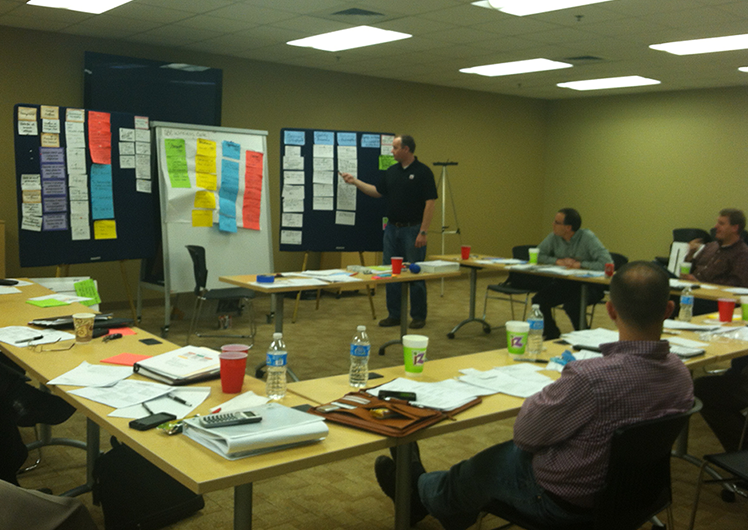River Bends
I was floating down the Green River in Utah in a drift boat with a fly-fishing guide. His name was Boomer. We had drifted along in calm waters for several hours and caught a good many rainbow trout. As his name implies, Boomer was a very loud and dramatic guy, but he also was a great guide and teacher. He taught me several lessons of fly-fishing that morning – like how to cast into a strong head wind, let my drag do the work to land a big trout and roll out my line for a perfect drift. Little did I know that I was about to learn a new lesson that would impact more than my fishing skills?
Without notice, Boomer shouted, “Lay down your rod and hold on.” I did what he said, because you do what Boomer says. As I quickly secured my equipment, I heard them — then I saw them — white water rapids upon us. I held on, and Boomer guided the boat through the wild watercourse and around a big sweeping bend, as masterfully as he cast his fly rod.
When I regained my composure, I looked back upstream and saw parts and pieces of drift boats bashed on the bank of the river bend. Boomer noticed my backward gaze and said with a smirk, ”First timers who said ‘we don’t need a guide’ and obviously didn’t know how to read the creases.” I was puzzled by his term “creases.” Then he reminded me of he had instructed me to cast my fly to where the water was pushed up and deflected by underwater structure – a crease.
“Fish hide behind those obstacles waiting for their next meal,” he said. “Creases can be good news for fishing in an easy flowing river, but can be bad for boating in rapids… unless you hear what the crease are telling you.”
Life can be like a swift river in deep canyon. There are some calm spots here and there, but there are also a lot of bends of change and rapids of transition along the way. If you can read the creases, you can prosper in good times and manage well in the rough bends, even if the rapids distract and try to destroy you.
The challenge comes when we try to maneuver a new bend alone or, worse yet, with some agreeable friends who know as little as we do. Propelled by bad information and over-confidence can turn a risky adventure into a pile of parts and pieces scattered on a rocky bank.
The price of a good guide, who can read the creases, may appear costly at first, but will prove well worth the price when you pull soundly ashore at the end of the productive trip.
Journal Entry: What river bend are you facing soon: a career shift, life transiton, a family milestone, a financial disaster or a spiritual desert? Have you successfully managed this type of transiton before?
If not, do you know a guide who has the wisdom to read the creases and knows the bends?
What would it cost to get their guidance? What could it cost if you don’t request help from a “Boomer” at this time in your leadership and life?
If I have seen farther than others, it is because I have stood on the shoulders of giants. – Isaac Newton
The way of a fool is right in his own eyes, but a wise man is he who listens to wise counsel. – Proverbs 12:15
Whenever you see a successful business, someone once made a courageous decision. – Peter F. Drucker
Listen to counsel and accept discipline, that you may be wise the rest of your days. – Proverbs 19:20
In three words I can sum up everything I’ve learned about life: it goes on. – Robert Frost
Whatever you do in life, surround yourself with smart people who will argue with you. – John Wooden



